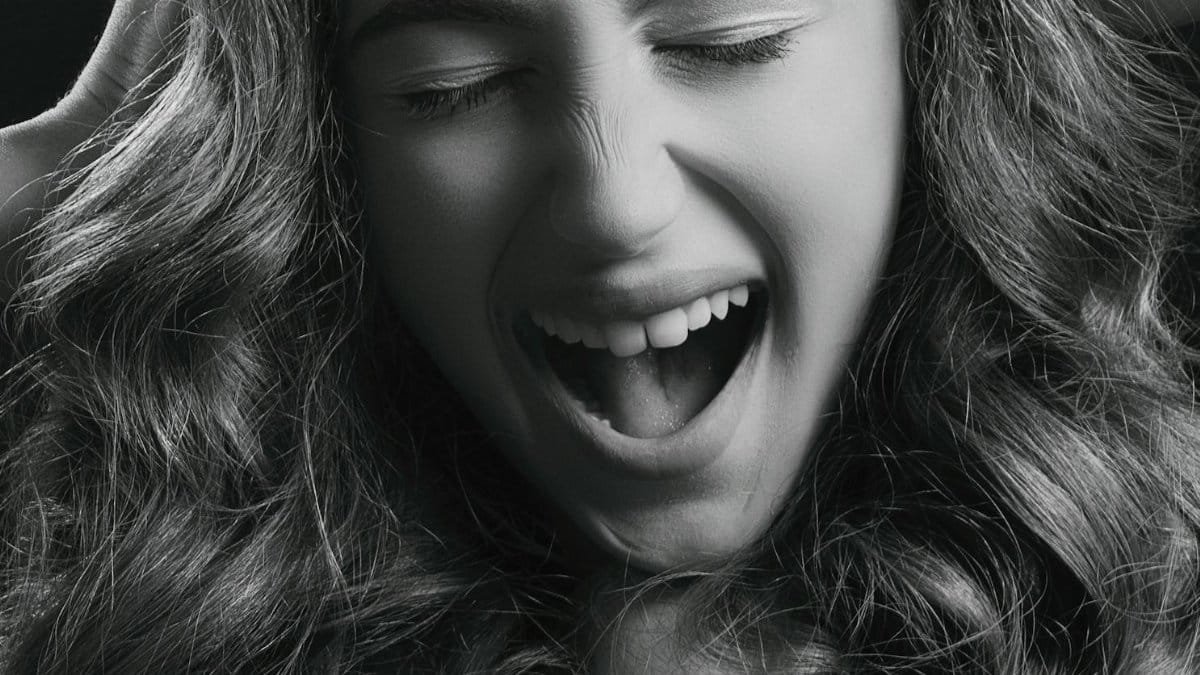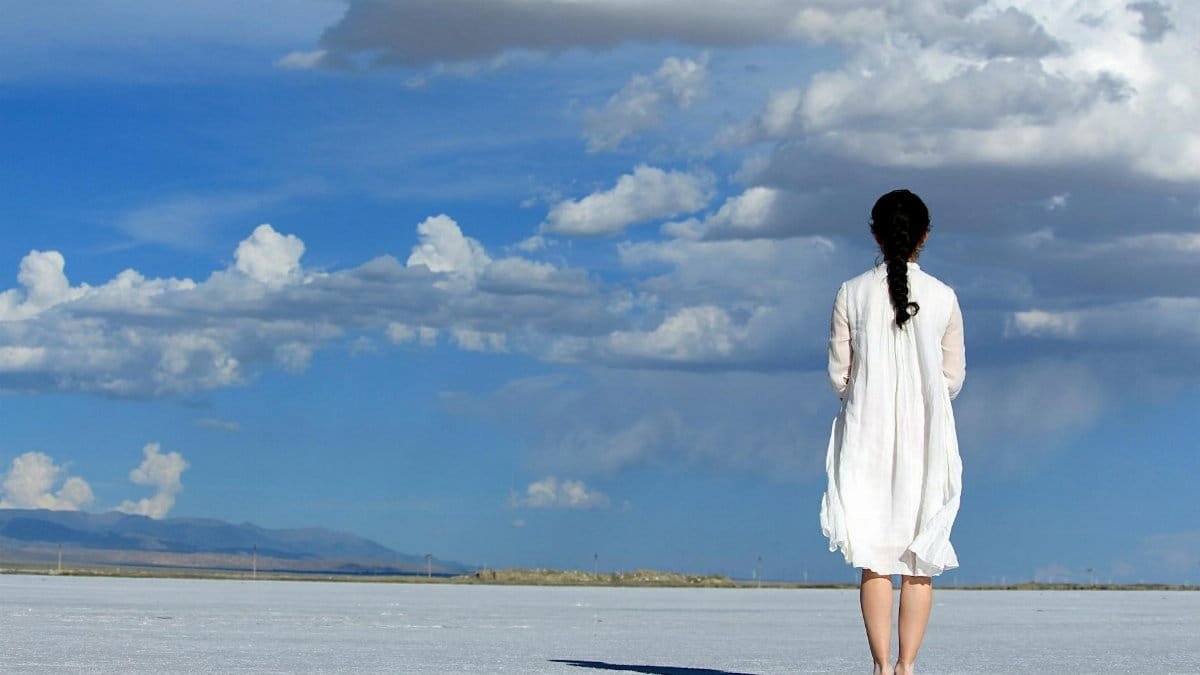Imagine a crowded coffee shop in Portland, Oregon, where the hum of conversation turns to the latest health fad. A woman in her forties, sipping a turmeric latte, mentions a wellness trend that sounds straight out of a sci-fi novel—something about crystals or energy fields. Her friends nod, intrigued but skeptical. Yet, in 2025, such discussions about wellness trends surprising science woo are no longer fringe. They’re popping up in mainstream circles, from yoga studios to corporate wellness programs. What’s driving this shift? It’s not just hype. A growing body of research is starting to validate practices once dismissed as pseudoscience. The line between “woo-woo” and evidence-based is blurring, and for many Americans seeking balance in a chaotic world, these nine trends offer a curious blend of ancient wisdom and modern discovery.
1. Crystal Healing: More Than Pretty Rocks?

The idea of crystals channeling energy sounds like something from a fantasy novel. But walk into any wellness boutique, and you’ll find amethyst or quartz marketed for stress relief. Surprisingly, early studies, like those from the National Institutes of Health, suggest that the placebo effect tied to belief in crystals can measurably lower anxiety in some individuals. It’s not about mystical vibrations, researchers argue, but the power of intention and ritual. One woman shared how holding a rose quartz during meditation became her anchor after a tough divorce. The stone didn’t “heal” her, but the act of focusing on it grounded her racing thoughts. Science is still catching up, yet the psychological impact is hard to ignore.
Beyond placebo, there’s ongoing research into piezoelectric properties—how certain crystals generate electric charge under pressure. Could this play a role in bioenergy? It’s speculative, but intriguing. For now, crystals remain a polarizing topic, balancing on the edge of wellness trends surprising science woo.
2. Energy Healing: Feeling the Unseen

Reiki and other energy healing practices claim to manipulate invisible life forces. Skeptics scoff, yet a 2023 meta-analysis published by Frontiers in Psychology found that Reiki sessions reduced pain and anxiety in hospital patients compared to control groups. The mechanism isn’t clear—some theorize it’s therapeutic touch or relaxation response—but the outcomes are measurable. Practitioners describe a warmth or tingling during sessions, and while that’s anecdotal, patients often report feeling “lighter” afterward. Is it woo, or is science just late to the party?
In 2025, energy healing is gaining traction in integrative medicine. Hospitals in California and New York now offer it alongside chemotherapy. The debate rages on, but for many, the relief is real, whether it’s mind over matter or something more.
3. Sound Baths: Vibrations That Soothe

Lying on a mat while gongs and singing bowls resonate around you might feel like a quirky spa gimmick. Yet, studies from institutions like the University of California show sound therapy can lower cortisol levels, the stress hormone. The vibrations seem to nudge the nervous system into a calmer state. One participant in a Los Angeles sound bath described it as “like someone turned down the noise in my head.” Science backs this up: rhythmic sound can sync brainwaves to a meditative frequency. It’s not magic—it’s acoustics meeting biology.
This trend fits squarely into wellness trends surprising science woo, but its accessibility—group sessions often cost less than therapy—makes it a draw for middle-aged adults juggling stress and tight budgets.
4. Earthing: Barefoot Science

Walking barefoot on grass or sand to “connect with the Earth’s energy” sounds like hippie lore. But research published in the Journal of Environmental and Public Health suggests “earthing” or grounding may reduce inflammation by neutralizing free radicals through direct contact with the planet’s electrons. Small studies show improved sleep and reduced pain. Critics argue the evidence is thin, but proponents swear by the calm they feel after a 20-minute barefoot stroll. Could something so simple hold untapped potential? It’s a question science is slowly tackling.
5. Moon Rituals: Lunar Cycles and Mood

Setting intentions under a full moon might seem like pure mysticism. Yet, there’s emerging data linking lunar cycles to human behavior and sleep patterns. A 2021 study from the University of Washington noted subtle shifts in sleep duration around full moons, possibly tied to light exposure. While the ritual itself isn’t “scientific,” the act of pausing to reflect during these cycles can foster mindfulness—a proven stress-buster. For some, it’s less about cosmic forces and more about carving out mental space. Still, it’s a classic example of wellness trends surprising science woo finding a foothold in unexpected ways.
6. Breathwork: Ancient Practice, Modern Proof

Breathwork, from pranayama to the Wim Hof Method, often gets lumped into esoteric territory. But its benefits are well-documented. Controlled breathing can lower blood pressure and activate the parasympathetic nervous system, per research from the Harvard Medical School. One man in his fifties, after a grueling work week, found that a 10-minute session of alternate nostril breathing reset his focus. It’s not woo when MRIs show brain activity shifting during these exercises. In 2025, breathwork classes are booming, often paired with meditation apps for at-home practice.
7. Forest Bathing: Nature as Medicine

The Japanese practice of shinrin-yoku, or forest bathing, involves immersing oneself in nature to heal. It’s poetic, sure, but studies show that time in green spaces reduces stress hormones and boosts immune function through phytoncides—chemicals trees emit. A group of office workers in Seattle reported feeling “recharged” after a guided forest walk, echoing findings from global research. It’s less about spiritual energy and more about measurable physiological shifts. Yet, its roots in mindfulness keep it tied to wellness trends surprising science woo.
8. Astrology and Behavioral Insights

Checking your horoscope for life advice might raise eyebrows, but some psychologists argue it’s a form of narrative therapy. Reflecting on archetypes—like a fiery Aries or nurturing Cancer—can help people process emotions, even if the stars aren’t literally guiding fate. Online discussions in 2025 often reveal how folks use astrology as a self-reflection tool, not a crystal ball. While no serious scientist endorses celestial causation, the ritual of meaning-making has a subtle, studied psychological upside. It’s woo with a pragmatic twist.
9. Cold Exposure: Shocking the System

Ice baths and cold showers, popularized by figures like Wim Hof, seem like masochistic rituals. Yet, science shows cold exposure can boost endorphins, improve circulation, and even enhance mood through vagus nerve stimulation. Small studies suggest it might reduce depressive symptoms. One anonymous account shared feeling “alive for the first time in months” after a frigid plunge. It’s a stark reminder that wellness trends surprising science woo often hide kernels of truth beneath their eccentric surface. As research grows, cold therapy is shedding its oddball reputation.
These nine trends, once relegated to the fringes, are inching toward legitimacy through surprising scientific inquiry. They challenge our assumptions about health and healing in 2025. Some may always carry a whiff of mysticism, but for a generation seeking alternatives to overbooked schedules and overprescribed solutions, they offer a bridge between skepticism and curiosity. The data isn’t conclusive for all—far from it—but it’s enough to make us pause. What was once dismissed as “woo-woo” might just be the next frontier of well-being, waiting for us to catch up.
